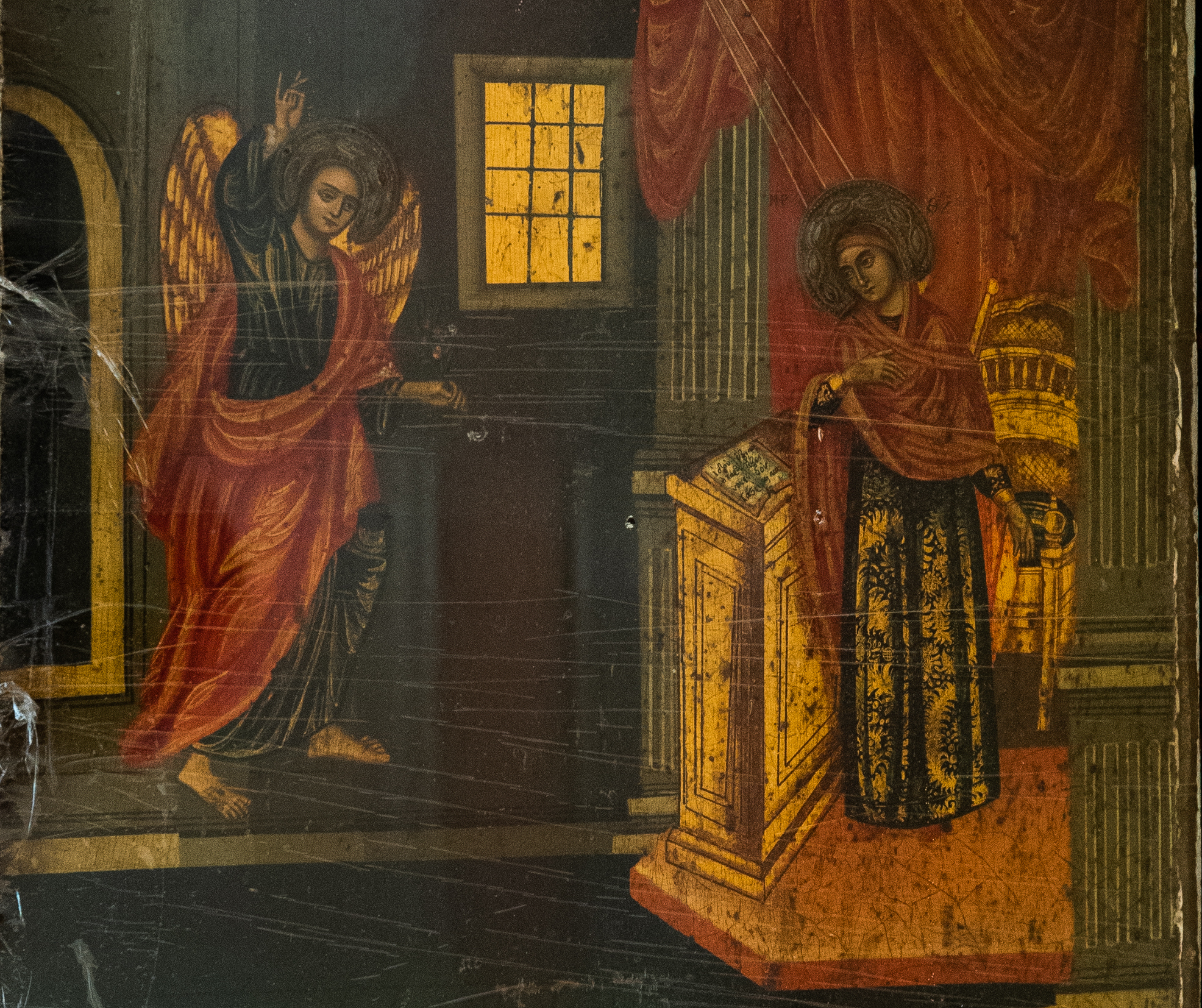Vasilis Kaptanoglou was born in Prokopi, Cappadocia, in 1907. He was the second son of Georgios Kaptanoglou and his wife, Magdalini. As he lost his father at a young age, it was up to him and his brother Prodromos (born in 1897) to step up and support their family. Prodromos worked in Constantinople as a cook, while Vasilis stayed with their mother in Prokopi, where he learned to play the oud and was considered particularly talented. He was famous enough to attract the attention of the governor of Prokopi, who encouraged him to leave the area in order to escape conscription and forced labour. Prodromos and his pregnant wife reached Piraeus first at the end of 1921 and settled in the makeshift refugee settlement of Tampouria. A few months later, Vasilis and his mother joined them, with the whole family safely reuniting in Piraeus before the majority of the refugees arrived. A few years later, amid the makeshift shacks of Tampouria, Vasilis met Eleni Dimou from Chili on the Euxine Sea, another refugee who had arrived in Greece with her father and her two sisters. They wandered through the country and stayed in various places, such as Filoteia in Aridaia, before settling in Keratsini, where they got married, had a son, Georgios, and received subsidized housing in the Evgeneia settlement. They also changed their family name to Kapetanidis.
Today, the original refugee dwelling has become a two-story building which houses the wife of Georgios Kapetanidis, his two daughters, and their families. Eleni Kapetanidou, an educator and the granddaughter of Vasilis Kaptanoglou and Eleni Dimou, has a lot of memories of her grandparents and the stories they told her of all they had left behind. An icon of the Annunciation, originating either from Prokopi or Chili, holds immense sentimental value for Eleni and her family.
—
The interview and the photo shoot documenting the objects were conducted as part of the research project “Fleeing objects”, which was funded by the Stavros Niarchos Foundation Public Humanities Initiative and implemented at Columbia University during the period 2020-2021.


